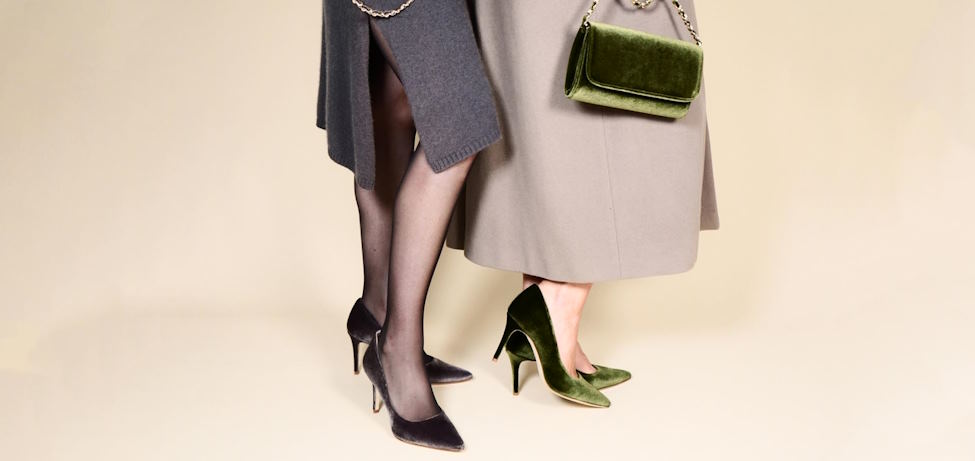High heels, those iconic and alluring fashion statements, have transcended their mere practicality to become an enduring symbol of style, power, and self-expression throughout history. From their humble origins in ancient civilizations to their evolution as potent emblems of social status and gender dynamics, high heels have weaved a fascinating narrative that spans centuries. Beyond their physical elevation, these footwear marvels have treaded the path of cultural shifts, women’s emancipation, and even artistic experimentation.
The Birth of High Heels: Origins and Evolution
Ancient Origins in Egypt and Greece
High heels, while often associated with modern fashion, trace their roots back to ancient civilizations. The Egyptians and Greeks were among the first to experiment with elevated footwear, although their intentions were primarily pragmatic. Elevated shoes were used to protect the feet from harsh terrain, keeping the wearer above mud and dirt. In Egypt, these early heels were made from materials like wood and leather, while in Greece, actors in ancient theater productions wore elevated shoes to make their presence more visible to the audience.
Renaissance Era and the Emergence of Elevated Heels
The Renaissance marked a turning point in the history of high heels, as they transitioned from practicality to fashion statements. During this period, both men and women embraced heeled shoes as a way to signify status and taste. Heels not only added height but also provided a sense of grandeur. The demand for these stylish yet authoritative shoes grew as they became an integral part of royal and noble attire.

High Heels in Modern Times: Empowerment and Expression
1960s-1970s: The Feminist Movement and Changing Perceptions
The 1960s and 1970s witnessed a profound societal shift, marked by the feminist movement’s emergence. High heels, once emblematic of restrictive gender norms, faced a dichotomy between empowerment and objectification. While some women saw them as symbols of liberation, others criticized them as tools of patriarchy. This era ignited conversations about the expectations placed upon women’s appearances and how footwear choices could both challenge and reinforce societal norms.
Pop Culture’s Influence on High Heel Trends
Pop culture played a pivotal role in reshaping high heel trends, as iconic figures like Marilyn Monroe and Madonna contributed to the evolving narrative. Marilyn’s sultry portrayal of femininity in stilettos and Madonna’s fierce attitude in high heels demonstrated their transformative power. These figures shifted the perception of high heels from mere fashion to vehicles of confidence and assertion.

High Heels’ Symbolism Today: Complex Meanings
Conflicting Viewpoints on High Heels
In the present day, high heels encapsulate a tapestry of conflicting viewpoints. They serve as a battleground between liberation and conformity, embodying both the empowerment of choice and the potential pressure to conform to societal ideals. Similarly, the dichotomy between beauty and discomfort persists. High heels often offer an aesthetic appeal that enhances confidence, yet their discomfort raises questions about the lengths individuals are willing to go for the sake of fashion.
Intersection of Fashion, Gender, and Identity
The realm of high heels intersects profoundly with discussions of fashion, gender, and identity. The LGBTQ+ community, in particular, has embraced high heels as tools of self-expression and identity assertion. From drag queens to genderqueer individuals, heels challenge traditional gender norms and provide a platform for diverse expressions of self.
High Heels as a Form of Art and Self-Adornment
Beyond being fashion accessories, high heels have evolved into a form of art and self-adornment. Collaborations between designers and artists have resulted in heels that transcend mere footwear, becoming sculptural masterpieces that blur the lines between fashion and art. These collaborations infuse high heels with deeper meaning, transforming them into symbols of creative expression and personal identity.
